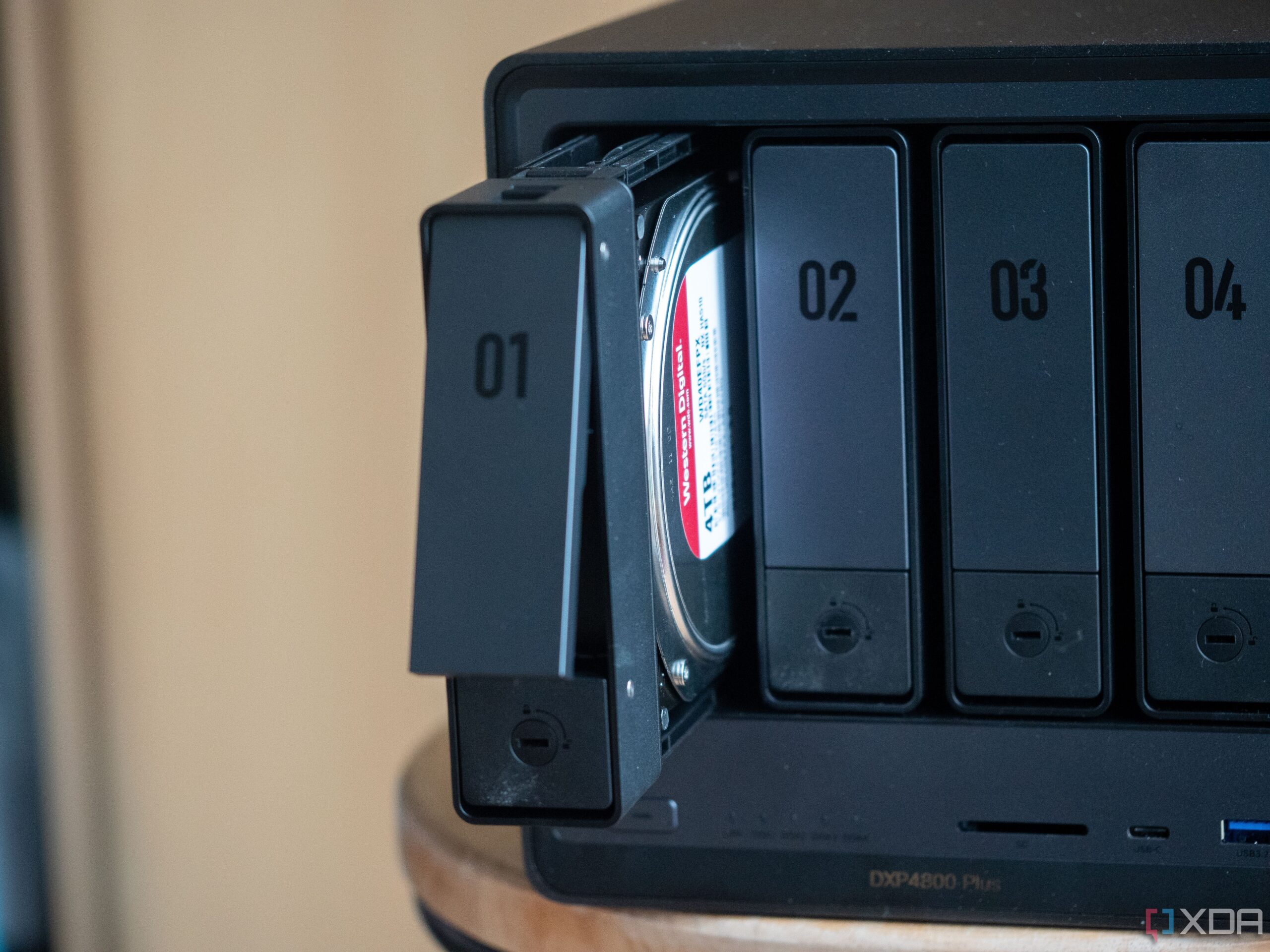Technology
SnapRAID Offers Flexible Data Protection for NAS Users

Data loss remains a significant concern for users relying on network-attached storage (NAS) systems. To address this, many consider RAID configurations. However, an alternative solution, SnapRAID, offers unique advantages for long-term data protection. This software-based RAID-like system is particularly beneficial for users storing media files or data that changes infrequently.
Understanding SnapRAID’s Functionality
One of SnapRAID’s standout features is its checksumming ability. This function ensures that all files stored on the array are monitored for integrity, allowing the system to detect issues like silent corruption, commonly known as bit rot. This gradual degradation of data can result from various factors, including electromagnetic decay and environmental conditions. SnapRAID’s command, snapraid scrub, enables users to verify file integrity and restore corrupted files using parity data.
SnapRAID operates similarly to RAID 5 or 6 but offers additional flexibility. In the event of a disk failure, SnapRAID can rebuild data using parity and the remaining disks. Users can choose the number of parity drives based on their raw capacity and data pool size, ensuring tailored protection. For optimal results, it is essential to implement a backup strategy adhering to the 3-2-1 rule, which calls for three copies of data on two different media with one off-site backup.
Energy Efficiency and Versatile Management
Unlike traditional RAID systems that mirror or stripe data in real-time, SnapRAID provides asynchronous protection. This design is advantageous for long-term data storage, as it alleviates the constant high write demands on drives. Users can benefit from reduced power consumption by allowing drives to spin down during periods of inactivity, which can significantly lower electricity costs in home lab settings.
The versatile disk management capabilities of SnapRAID further enhance its appeal. Each disk operates independently, allowing users to configure different filesystems on each drive. This flexibility enables the use of various filesystems, such as ext4 and ZFS, for specific tasks. Additionally, users can mount disks outside of SnapRAID, simplifying data management and retrieval in case of array failure or system migration.
Another significant advantage is the ability to add or remove drives without the need to rebuild the entire array. SnapRAID supports drives of different sizes, brands, and ages, making it an excellent choice for users looking to expand their storage over time. Existing drives with data can be integrated into SnapRAID without formatting, enhancing the system’s usability.
Though SnapRAID is not suitable for environments with frequent data changes due to its non-real-time parity updates, it excels in scenarios involving large collections of media files that undergo minimal alterations. By implementing snapshotting and offering straightforward drive management, SnapRAID presents a robust solution for NAS users seeking reliable long-term storage options.
-

 Technology4 months ago
Technology4 months agoDiscover the Top 10 Calorie Counting Apps of 2025
-

 Health2 months ago
Health2 months agoBella Hadid Shares Health Update After Treatment for Lyme Disease
-

 Health3 months ago
Health3 months agoErin Bates Shares Recovery Update Following Sepsis Complications
-

 Technology3 weeks ago
Technology3 weeks agoDiscover 2025’s Top GPUs for Exceptional 4K Gaming Performance
-

 Technology2 months ago
Technology2 months agoElectric Moto Influencer Surronster Arrested in Tijuana
-

 Technology4 months ago
Technology4 months agoDiscover How to Reverse Image Search Using ChatGPT Effortlessly
-

 Technology4 months ago
Technology4 months agoMeta Initiates $60B AI Data Center Expansion, Starting in Ohio
-

 Technology4 months ago
Technology4 months agoRecovering a Suspended TikTok Account: A Step-by-Step Guide
-

 Health4 months ago
Health4 months agoTested: Rab Firewall Mountain Jacket Survives Harsh Conditions
-

 Lifestyle4 months ago
Lifestyle4 months agoBelton Family Reunites After Daughter Survives Hill Country Floods
-

 Technology3 months ago
Technology3 months agoUncovering the Top Five Most Challenging Motorcycles to Ride
-

 Technology4 weeks ago
Technology4 weeks agoDiscover the Best Wireless Earbuds for Every Lifestyle









